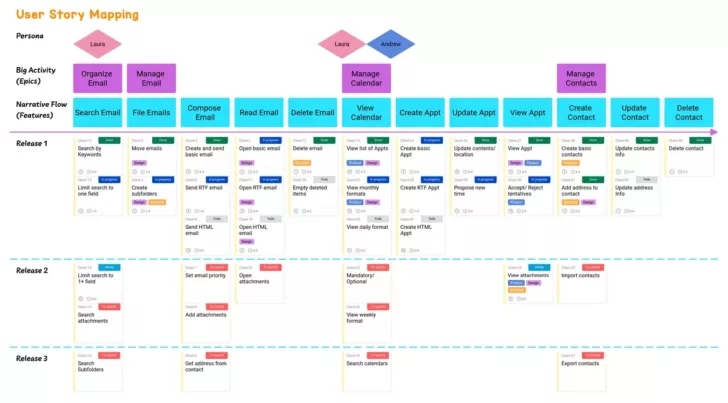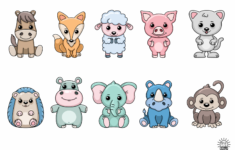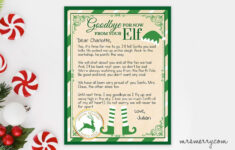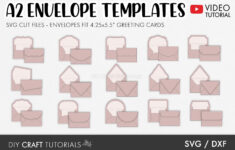Are you ready to embark on a journey of creativity and innovation? Crafting user stories is like painting a masterpiece, where each stroke of the brush brings your vision to life. User stories are a fundamental part of Agile methodology, allowing teams to capture requirements from the user’s perspective. By crafting user stories, you can ensure that your product meets the needs and expectations of your users, ultimately leading to a successful and satisfying end result.
Unleash Your Creativity: Crafting User Stories
User stories are concise, simple descriptions of a feature told from the perspective of the end user. They typically follow the format: As a [user role], I want [goal] so that [benefit]. This format helps teams focus on the user’s needs and motivations, rather than getting bogged down in technical details. By crafting user stories, you can prioritize features, estimate effort, and track progress more effectively. So grab your virtual pen and paper, and let your creativity flow as you dive into the world of user story crafting.
Crafting user stories is not just about writing down requirements – it’s about understanding the user’s journey and creating a shared vision among team members. By putting yourself in the user’s shoes, you can empathize with their needs and desires, leading to a more user-centric product. So gather your team around, brainstorm ideas, and start crafting user stories that will guide your project towards success. Remember, the sky’s the limit when it comes to creativity – so let your imagination run wild!
Your Agile Template Guide: Step-by-Step Instructions
To help you get started on crafting user stories, here is a step-by-step guide to creating user stories using an Agile template. Start by identifying the user roles for your product – who will be using it and what are their goals and motivations? Next, think about the features and functionality that will help these users achieve their goals. Write down these requirements in the form of user stories, following the As a [user role], I want [goal] so that [benefit] format.
Once you have a list of user stories, prioritize them based on importance and dependencies. This will help you focus on the most critical features first and ensure that your team is working on tasks that deliver the most value to the users. Break down each user story into smaller, more manageable tasks or sub-stories, making it easier to estimate effort and track progress. Collaborate with your team to refine and clarify the user stories, ensuring that everyone is on the same page and working towards a common goal.
As you work through your user stories, remember that Agile is all about flexibility and adaptation. Embrace changes and iterations, constantly refining and improving your user stories based on feedback and new insights. By following this Agile template guide, you can unleash your creativity, streamline your development process, and deliver a product that truly meets the needs of your users. So grab your Agile template and start crafting user stories that will pave the way to success.
In conclusion, crafting user stories is a crucial step in the Agile development process, allowing teams to prioritize features, estimate effort, and track progress effectively. By following this Agile template guide, you can unleash your creativity, empathize with users, and create a shared vision among team members. So grab your virtual pen and paper, gather your team around, and start crafting user stories that will guide your project towards success. Let your imagination run wild and watch as your product comes to life, fulfilling the needs and desires of your users.
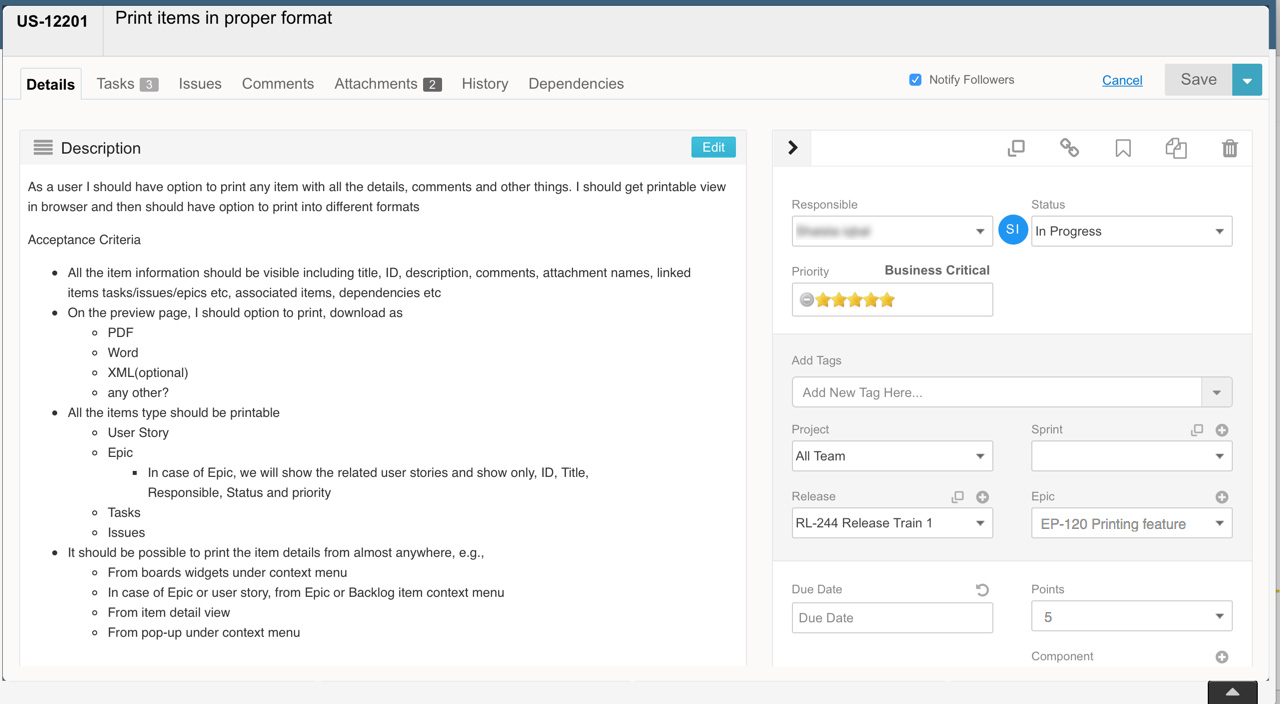
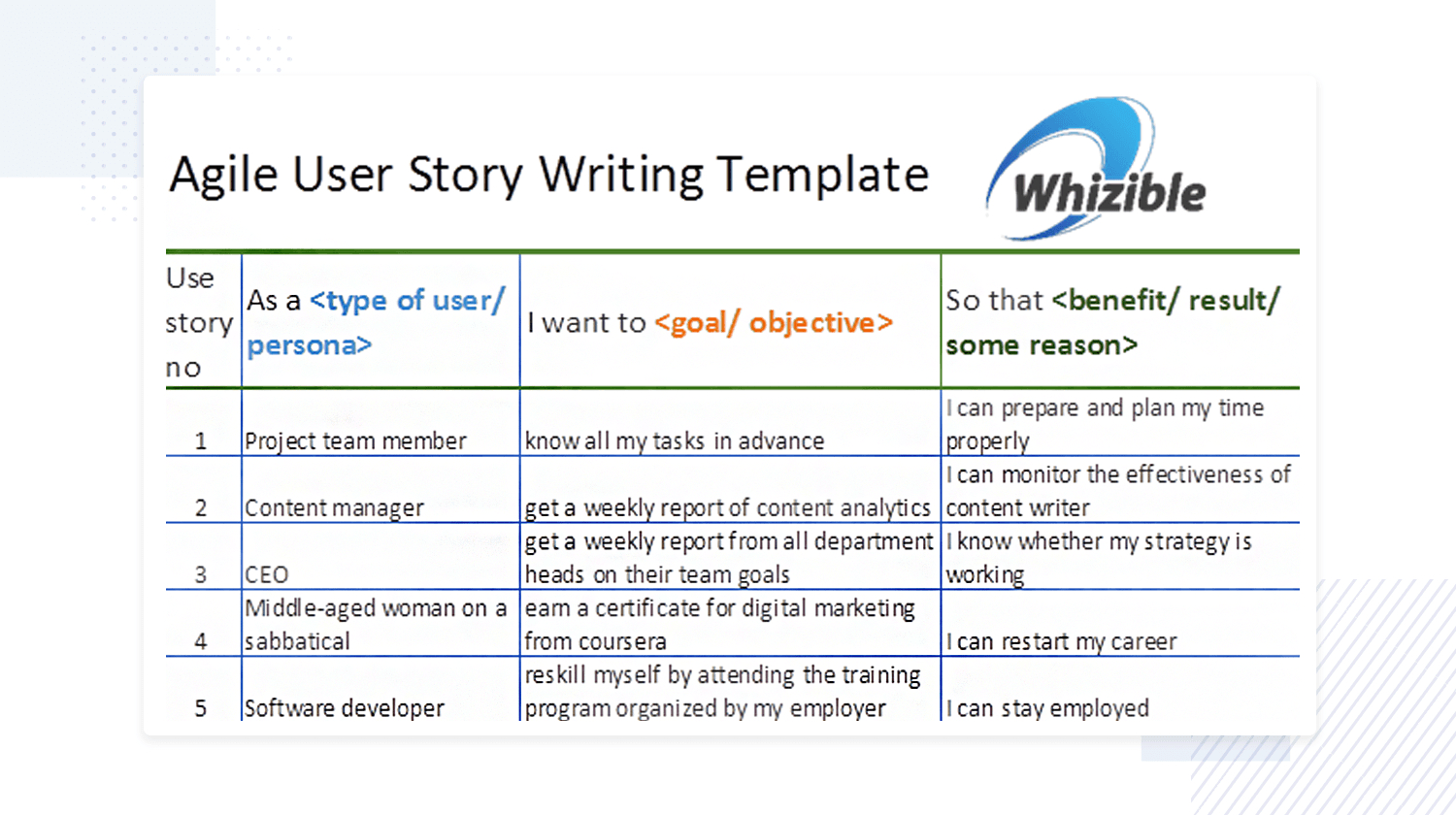
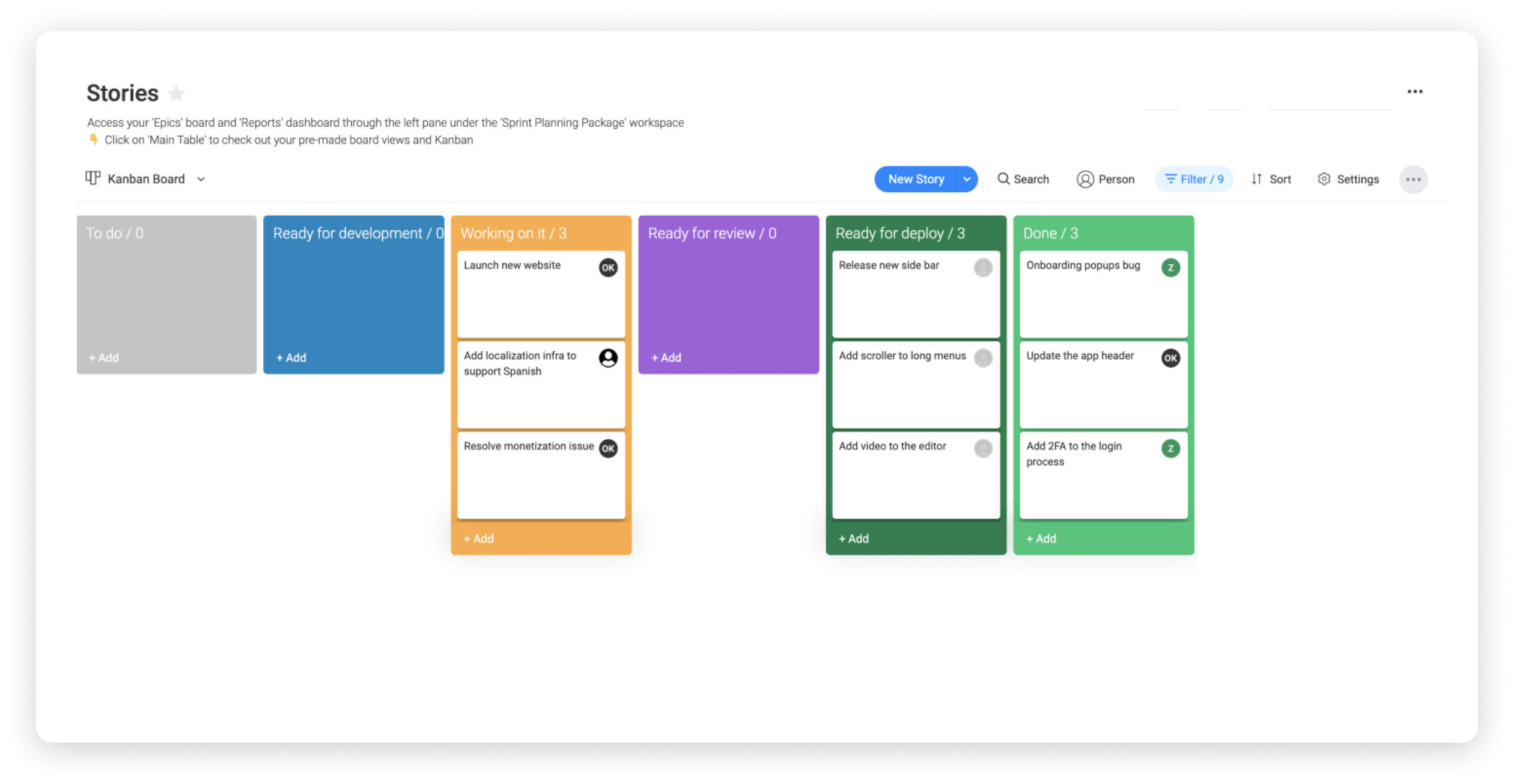
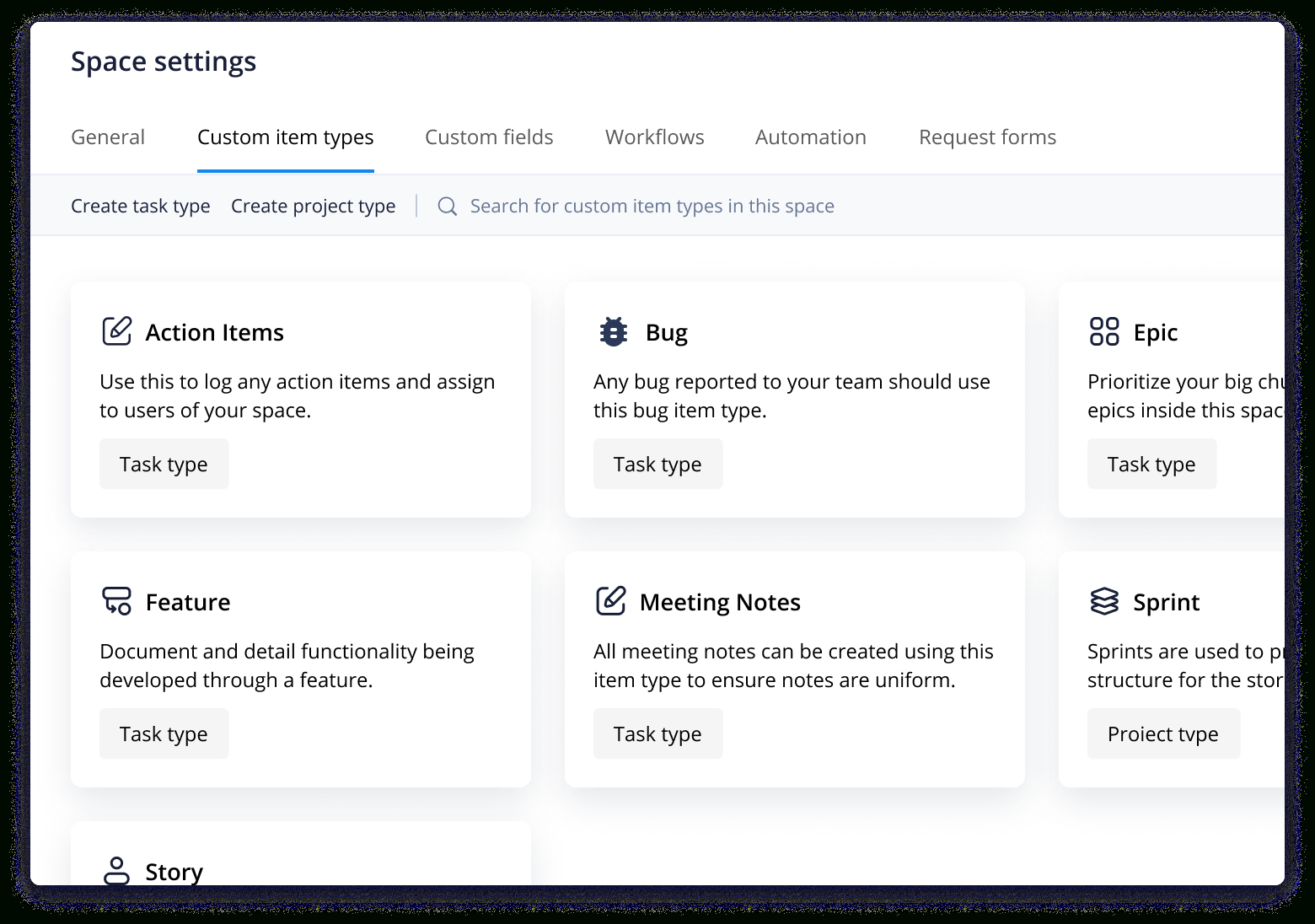
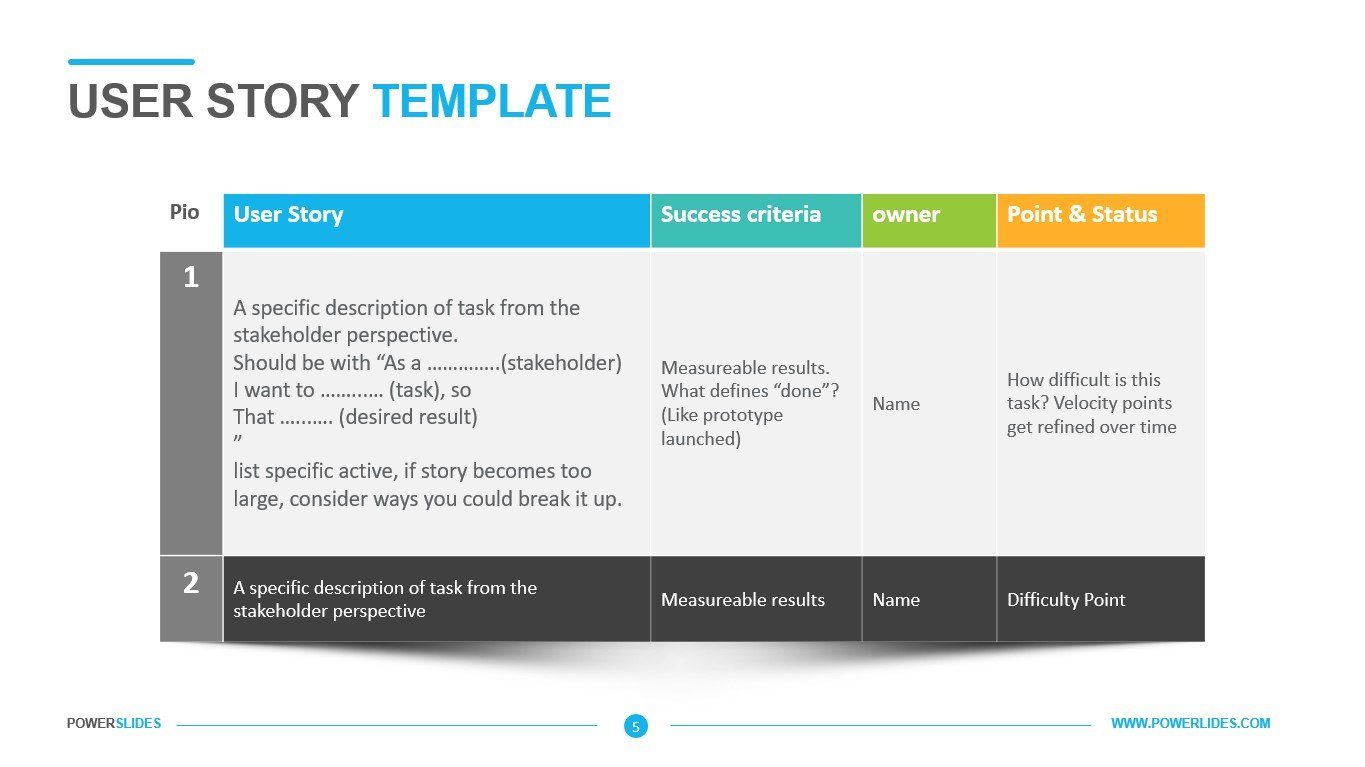
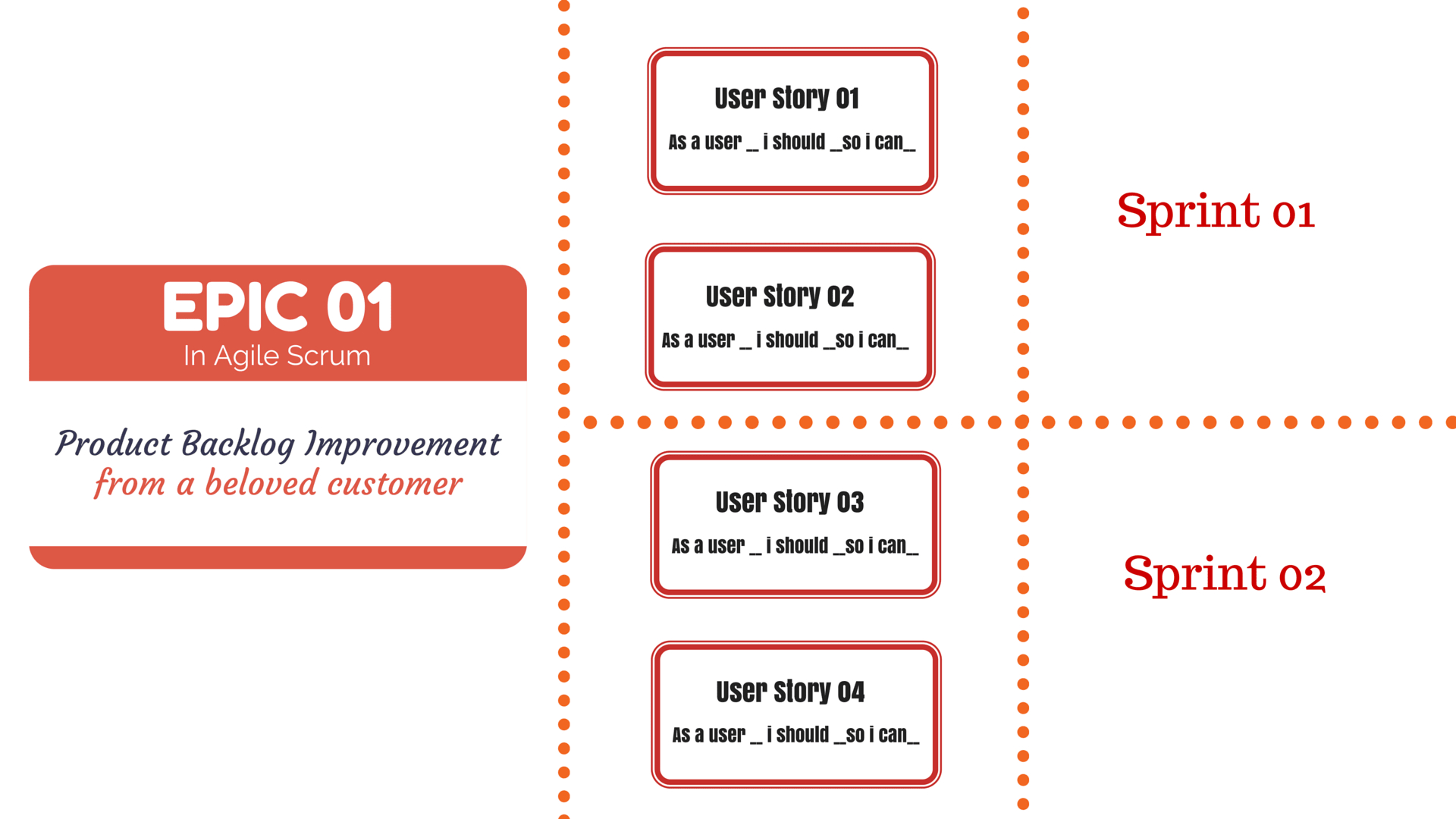
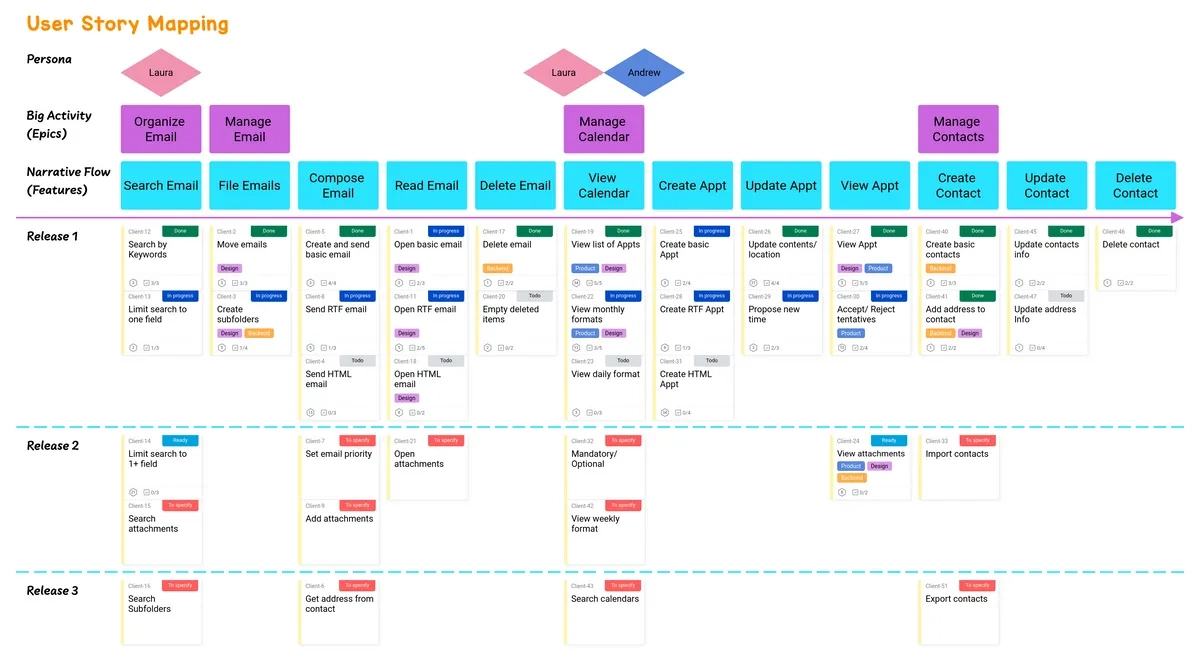
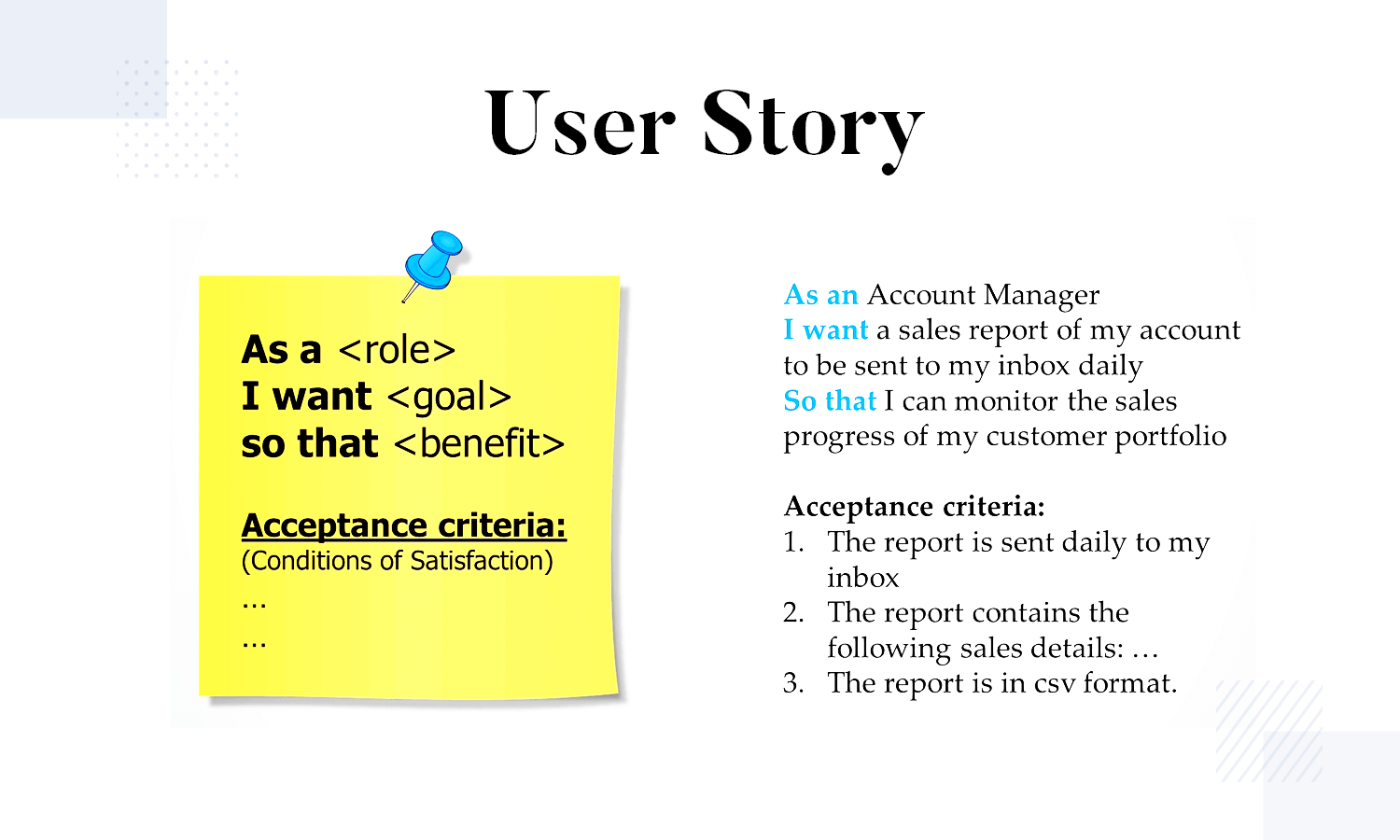
More Template Samples…
Disclaimer: All images on this website are the property of their respective owners. If you are the owner of an image and do not wish for it to be published on this website, please contact us. Upon receipt of your request, we will promptly remove the image in question.
